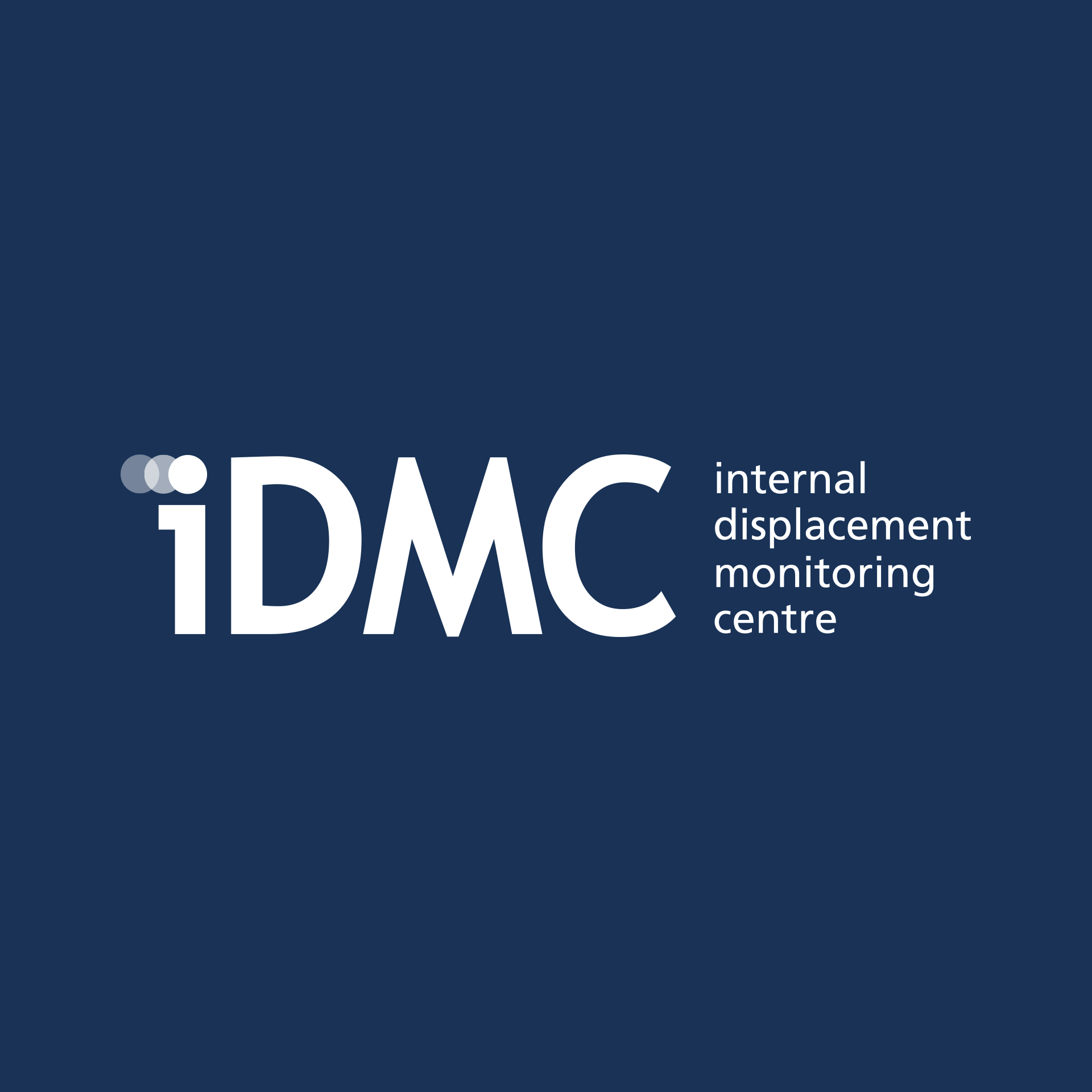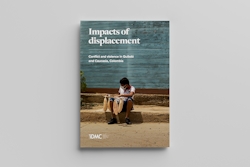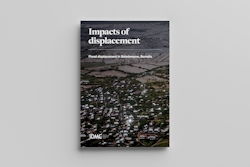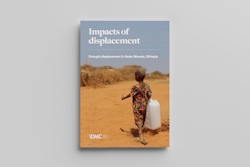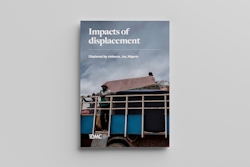Socioeconomic impacts of internal displacement
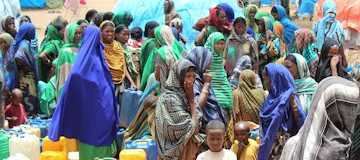
Internal displacement affects people’s lives, safety and well-being. But it can also limit their economic potential, leading to billions of dollars being lost each year and jeopardizing socioeconomic development for entire countries. This research measures the economic impacts of internal displacement at the global, national and individual levels to guide investments into more effective prevention and response.
Displacement disrupts IDPs’ and host communities’ housing conditions, health, security, livelihoods and education, leading to further repercussions on their ability to contribute to their local economies, earn an income, pay rent or taxes, buy goods and invest in their socioeconomic development. Lost production due to internal displacement amounted to $406 million (US) following the 2015 earthquake in Nepal, $160 million after the 2017 earthquake in Mexico and $130 million after Hurricane Ike in Cuba.
The global cost of one year of internal displacement was estimated at $21 billion in 2020. The figure includes the cost of providing displaced people with support for their housing, education, health and security, and accounts for their loss of income. The limited data available on the financial costs and losses linked with internal displacement means this figure is likely to be a vast underestimate.
To bridge this knowledge gap, IDMC started collecting data on the economic impacts of internal displacement in specific situations, including in Kenya, Ethiopia, Nigeria, Somalia and Colombia. This new data highlights specific consequences for IDPs and host communities, women, men, boys and girls, and people from different minority groups, providing the basis for more inclusive and tailored support.
With better information on the economic impacts of past, present and future internal displacement, governments and their partners can plan more effectively. Uncovering the hidden cost of internal displacement demonstrates the burden this ever-growing phenomenon places on sustainable development, and makes the case for increased investments in prevention and durable solutions.
